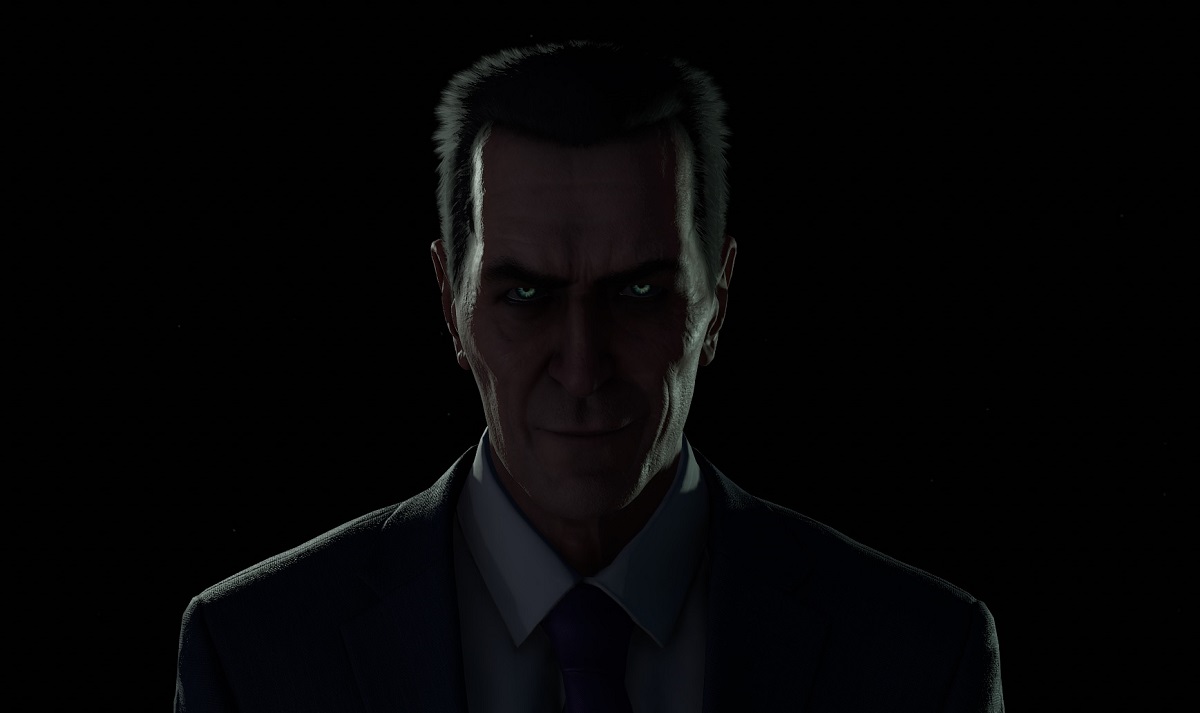I used to read Geoff Keighley’s Final Hours stories at GameSpot, before he went off to eventually run The Game Awards. It’s good to see him return to the written word, as it was a treat to be able to read his Final Hours of Half-Life: Alyx, which is his first feature story in many years. It debuted yesterday as a slick app on Steam, and it chronicles the making of Valve’s triple-A virtual reality game.
Valve is a hugely influential company in games, but it’s also way too secretive. It’s nice to see Keighley get the access to give us a peek at what it’s like inside the company. It’s like going inside a hidden kingdom. I used to interview people like Valve CEO Gabe Newell but his inner circle closed, and I don’t get to do that anymore. I get my share of interviews, but I do miss talking to industry leaders like Newell. Today, I get to live a little vicariously by peeking over Keighley’s shoulder.

Unlock premium content and VIP community perks with GB M A X!
Join now to enjoy our free and premium membership perks.
![]()

![]()